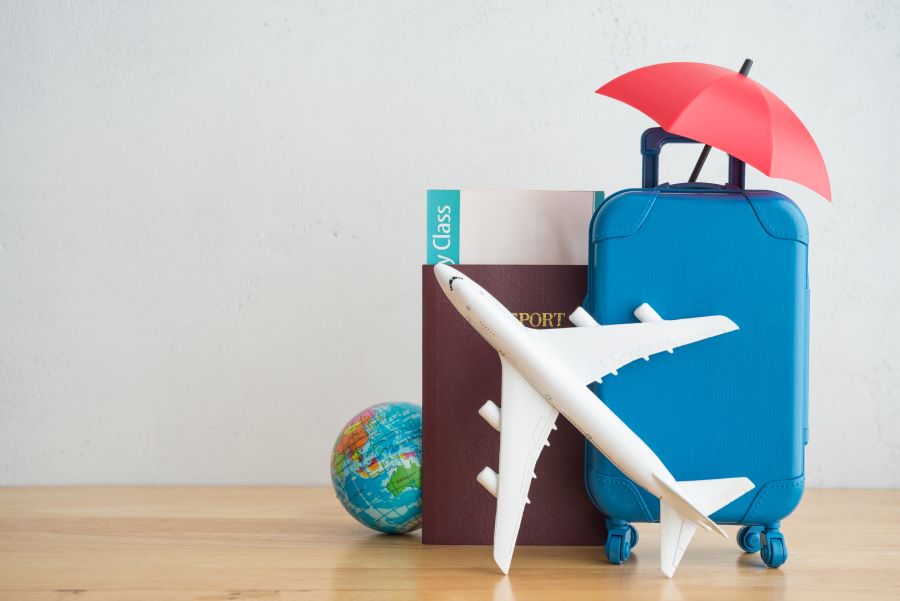Mini Oxygen Concentrators: Your Complete Travel Guide
Traveling with oxygen therapy needs no longer means staying home or limiting your adventures. Modern portable oxygen concentrators have revolutionized travel for individuals requiring supplemental oxygen, offering freedom and mobility that was previously unimaginable. These compact devices provide a reliable oxygen supply while meeting airline regulations and travel requirements, making it possible to explore the world safely and confidently.

How to Travel Safely with a Mini Oxygen Concentrator
Traveling safely with a portable oxygen concentrator requires proper preparation and understanding of device capabilities. Before departure, consult your healthcare provider to determine appropriate oxygen flow rates for different altitudes and activities. Ensure your device is fully charged and carry backup batteries rated for your trip duration. Research your destination’s electrical outlets and voltage requirements, packing appropriate adapters and converters. Create a comprehensive travel kit including device manuals, prescription documentation, and emergency contact information for your oxygen supplier.
Your Guide to Portable Oxygen Use During Trips and Flights
Air travel with portable oxygen concentrators follows specific regulations established by aviation authorities. Most airlines require advance notification, typically 48-72 hours before departure, along with medical documentation from your physician. FAA-approved devices are permitted in aircraft cabins, but passengers must carry sufficient battery power for the flight duration plus an additional 150% as backup. During flight, the device must remain with you at all times and cannot be stored in overhead compartments or checked luggage. Inform flight attendants about your equipment and familiarize yourself with device operation in confined spaces.
What Documentation Do You Need for International Travel?
International travel requires comprehensive documentation beyond standard passport requirements. Obtain a detailed prescription letter from your physician specifying your oxygen needs, flow rates, and medical necessity for the device. Carry device manuals, warranty information, and manufacturer specifications in multiple languages if traveling to non-English speaking countries. Research destination country regulations regarding medical devices, as some nations require import permits or customs declarations. Consider obtaining travel insurance that covers medical equipment and potential device replacement costs abroad.
How Do Different Concentrator Types Compare for Travel?
Portable oxygen concentrators fall into two main categories: pulse dose and continuous flow devices. Pulse dose concentrators are typically lighter, more battery-efficient, and better suited for active travelers, delivering oxygen only during inhalation. Continuous flow models provide steady oxygen delivery regardless of breathing patterns, making them suitable for users requiring consistent oxygen levels, including during sleep. Battery life varies significantly between models, ranging from 2-10 hours depending on flow settings and device specifications. Weight considerations range from 2-18 pounds, with ultra-portable models offering the greatest mobility for extended travel.
What Unique Travel Tips Enhance Your Experience?
Experienced travelers with portable oxygen concentrators recommend several practical strategies for smoother journeys. Pack extra nasal cannulas and tubing in carry-on luggage, as replacements may be difficult to find internationally. Use device carrying cases with wheels to reduce physical strain during airport navigation. Research oxygen suppliers at your destination for equipment servicing or emergency backup options. Consider portable humidifiers for dry climates or extended device use. Create laminated cards explaining your medical condition and equipment in local languages for easier communication with authorities or medical personnel abroad.
Popular Portable Oxygen Concentrator Options and Costs
Several manufacturers offer reliable portable oxygen concentrators with varying features and price points. Understanding these options helps make informed decisions based on individual needs and budgets.
| Device Model | Manufacturer | Weight | Battery Life | Estimated Cost |
|---|---|---|---|---|
| Inogen One G5 | Inogen | 4.7 lbs | Up to 6.5 hours | $2,295 - $2,695 |
| Philips Respironics SimplyGo Mini | Philips | 5 lbs | Up to 4.5 hours | $1,895 - $2,295 |
| AirSep Focus | AirSep | 1.75 lbs | Up to 3 hours | $1,795 - $2,195 |
| ResMed Mobi | ResMed | 5.5 lbs | Up to 8 hours | $2,095 - $2,495 |
| Oxlife Independence | O2 Concepts | 6 lbs | Up to 6 hours | $2,195 - $2,595 |
Prices, rates, or cost estimates mentioned in this article are based on the latest available information but may change over time. Independent research is advised before making financial decisions.
Conclusion
Mini oxygen concentrators have transformed travel possibilities for individuals requiring oxygen therapy, offering unprecedented freedom and mobility. Success depends on thorough preparation, understanding airline regulations, maintaining proper documentation, and selecting appropriate equipment for specific travel needs. With careful planning and the right portable oxygen concentrator, travelers can confidently explore destinations worldwide while maintaining their health and safety. The investment in quality equipment and proper preparation pays dividends in expanded travel opportunities and enhanced quality of life.
This article is for informational purposes only and should not be considered medical advice. Please consult a qualified healthcare professional for personalized guidance and treatment.




